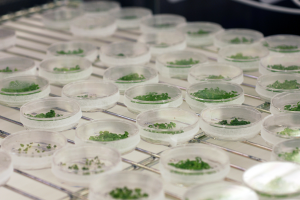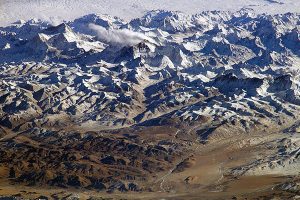New gene editing technologies have revolutionised genetic science, but social insects like ants have proved difficult to genetically modify because of their complex lifecycle and social structure. Now, two separate labs have succeeded in using the CRISPR-CAS9 system to genetically modify two unusual ant species, switching off genes and disrupting their social behaviour in the process.
Continue reading
When I was young, Pluto was still a planet and nine was my lucky number, so I really liked that we had nine planets in our solar system – it made it easy for me to remember. My love of astronomy out-lasted Pluto’s status as a planet, and as I write this I am actually wearing a solar system necklace; each planet is represented, yet it only has eight planets on it.





